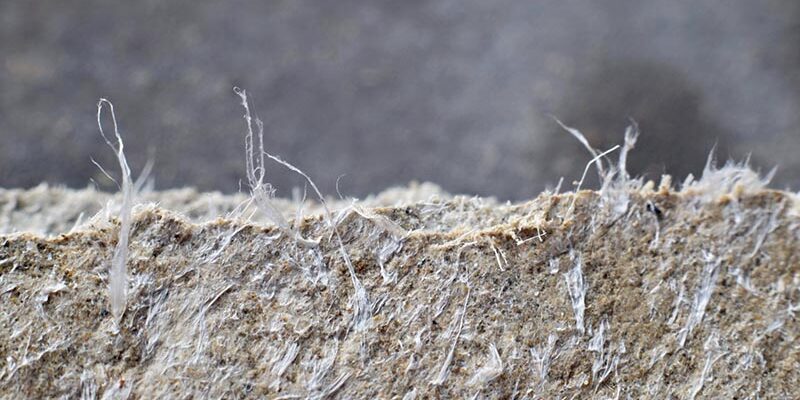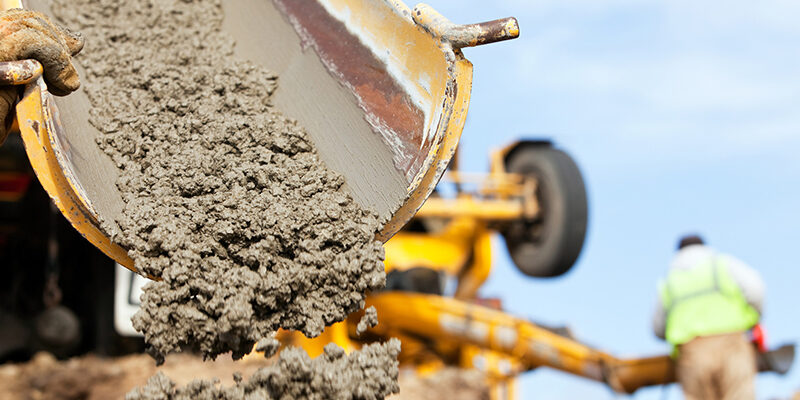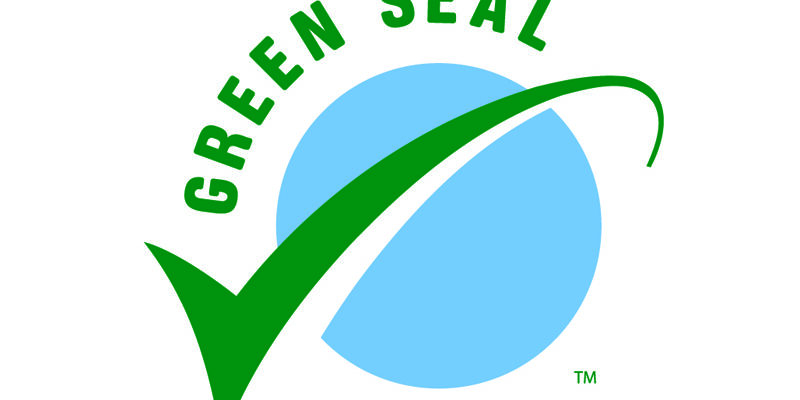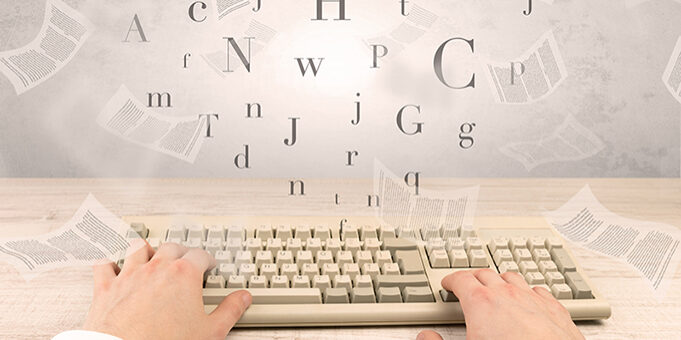Moisture Meters: 101
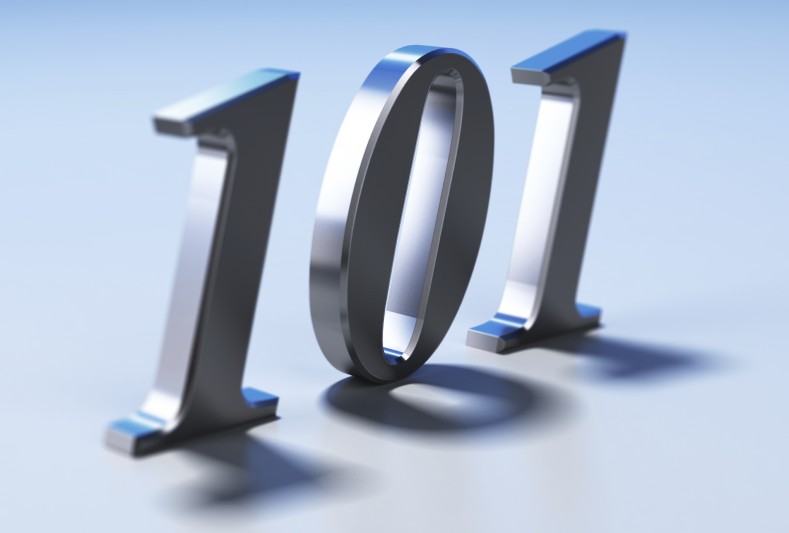
Every craftsman needs to have proper tools appropriate to his trade. For the drying technician, this is especially true in regards to moisture meters.
These guidelines will help you understand the types of meters, how they work and what information they provide so you can make the most out of whichever model moisture meter you use.
Which meter should you use? There are two types of moisture meters on the market: Invasive and non-invasive.
Invasive meters
Sometimes called “penetrating” or “pin-type” meters, invasive meters operate on the principle of electrical resistance or conductivity.
A pair of pins is inserted into the material being tested and the electrical resistance of the material between the points of contact is measured. Because conductivity varies with the amount of moisture present in the material, the moisture level can be quantified.
Invasive meters are commonly called “wood” meters because they are calibrated for use on wood. Some meters also include a gypsum or drywall setting, which use different measurement scales.
Non-invasive meters
Sometimes called “non-penetrating,” “scan-type” or “pinless” meters, there are two major technologies currently in use for non-invasive meters:
- Electronic capacitance or impedance technology, which utilizes a set of rubbery pads placed in contact with the surface of the material being tested.
- Radio frequency technology, whereby a radio frequency signal is sent into the material through a smooth plastic pad.
Both give relative indications of moisture, with numerical representations based on changes of signals generated from the electronics.
The right choice
At first glance, a non-invasive moisture meter is appealing because it does not make holes in the material. There are however, two important limitations to remember when using a non-invasive moisture meter:
Reading depth is limited — from about one-fourth to three-fourths of an inch maximum, depending on the meter.
Surface moisture can cause false readings. This can vary among brands and technologies, so it is important to have a basic understanding of these nuances when looking for a meter.
The main advantage of the non-invasive moisture meter is that it allows you to quickly scan at the surface to detect elevated moisture levels. Invasive meters do require inserting metal electrodes into the material, but the small holes that are left are easily repaired and are quite minor compared to the damage that can occur if moisture is left undetected. Invasive meters can detect abnormal moisture at various depths in solid materials and in layers of materials if the appropriate accessory is used.
For this reason, many restorers use a non-invasive meter to conduct a quick overall evaluation of the job site and then use an invasive meter to verify and quantify moisture levels at selected locations. Then, as the job progresses, repeat readings are taken daily to show drying progress in materials.
Moisture by the numbers
While single-feature meters are available, most restorers prefer multi-function meters, which may include invasive and non-invasive functions as well as other features on board.
Since the technologies used in an invasive meter and a non-invasive meter are quite different, it is important not to make direct comparisons between the measurements each device produces.
Note that there are no direct correlations among the various numerical scales from manufacturer to manufacturer, especially for non-invasive meters. One model might have a scale of 1–20, while another might use a scale of 1-999. The values expressed in the various scales should not be compared to one another.
Temperature and RH
While knowing the moisture content of building materials is critical, so too is the temperature and relative humidity
(RH) of the drying environment to ensure proper ambient drying conditions.
A third type of meter, called a thermo-hygrometer, is needed to measure these drying environment conditions. Many manufacturers offer instruments with a combination of thermo-hygrometer, invasive and non-invasive capabilities.
The key to successful restorative drying
In a water damage or disaster situation, meters must be used to verify that the structure is dry to avoid mold or further structural damage.
Here are three basic metering procedures that should be on every restorer”s task list.
Ä¢ Evaluate
Upon arrival at the job site, use your moisture meters to evaluate the extent of the water intrusion.
Ä¢ Monitor
Repeat moisture measurements and record them every day during the drying process to determine if the materials and assemblies are drying. Use the same meter(s) on the same setting(s) in the same location(s). Adjustments to the drying system can be made based on these readings.
Ä¢ Verify
Before removing any equipment, check that the structure is dry to the goals that were established at the beginning of the project. This last — and most important step — allows you to sign off with confidence that the job was done right.
Whichever make or model you choose, it is crucial to use a moisture meter in every single water damage job. Without a meter, there is no way to determine if the structure has been sufficiently dried to pre-loss conditions.
Brandon Burton is the technical education manager for the Restoration Sciences Academy (RSA), a part of Legend Brands. He has served the restoration community for more than 15 years as an IICRC instructor, ANSI/IICRC S500 chair, RIA restoration council member, and many other industry roles. You can contact Burton at [email protected].


